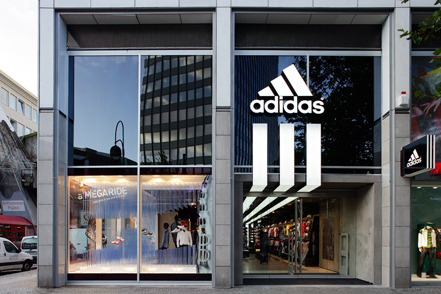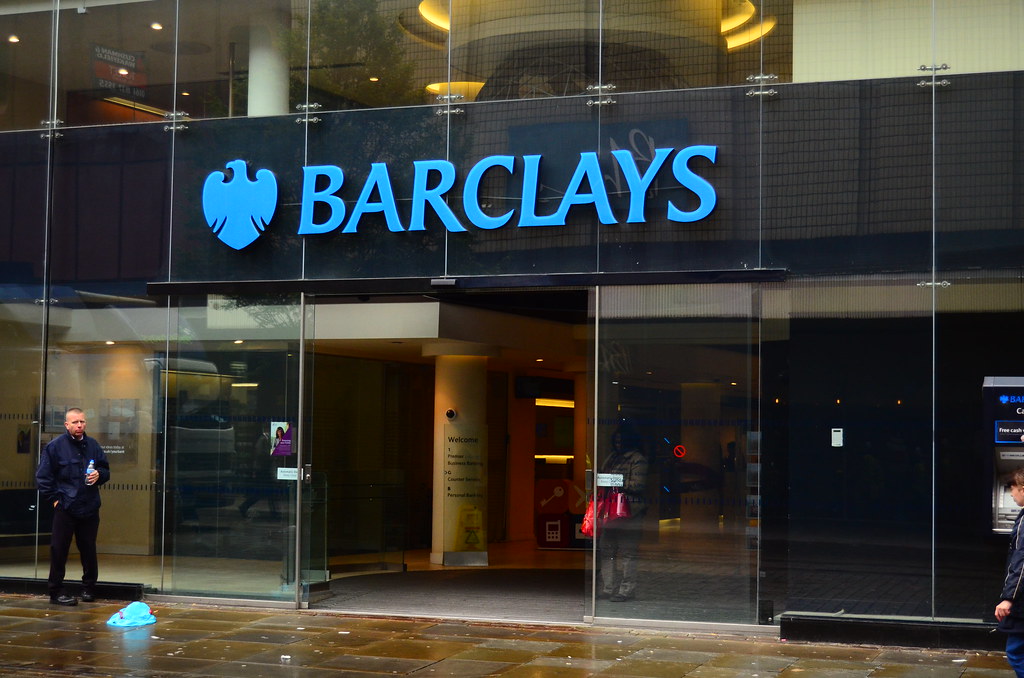Introduction
Adidas AG is a German multinational corporation, founded and headquartered in Herzogenaurach, Bavaria, that designs and manufactures shoes, clothing and accessories. It is the largest sportswear manufacturer in Europe, and the second largest in the world, after Nike. The business model involves business plan, Revenue model, Competitors, SWOT Analysis and many more.
The company was started by Adolf Dassler in his mother’s house; he was joined by his elder brother Rudolf in 1924 under the name Gebrüder Dassler Schuhfabrik. The three stripes are Adidas’ identity mark, having been used on the company’s clothing and shoe designs as a marketing aid.
Adidas sells a range of clothing items, varying from men’s and women’s t-shirts, jackets, hoodies, pants and leggings.
Competitors
Adidas competitors include:
Revenue Streams
Adidas has two revenue streams:
Product Sales – Revenues generated from the sale of sports shoes, clothing, and accessories
License Fees – Revenues generated from the licensing of the right to use the Adidas, TaylorMade, and Reebok brands to third parties
SWOT Analysis
Strengths
- Legacy & heritage: With decades of heritage & legacy, Adidas has travelled a long way to establish itself as a youthful brand. The brand was started in 1949 and has travelled a long way since then. Adidas has a long legacy of prestigious heritage, and the company has inspired different cultures and ears in different periods across the world.
- Diversified portfolio: Company has multiple product portfolio’s with varied range of footwear & accessories under brand name Adidas (premium segment) & Reebok (mid range). The portfolio of the company isn’t limited to sportswear products only. Adidas offers a diverse range of products to its customers like footwear, sportswear, apparel, and hardware accessories.
- Strong financial position: With its 2400 store globally accounting $4.3billions, the company is in strong financial position.
- Distribution network: By selling it from online stores to company owned stores to supermarket stores, Adidas has an effective distribution system for their products available through different channels.
- Branding by creating touch points with the community: Celebrity endorsements & sponsoring major sports organizations such as FIFA, UEFA, NBA & Olympics has increased the awareness of Adidas in the market & hence it has increased the highly targeted customer base as well. Brand value means the financial position of the company in terms of customers’ perception that how much they’d be willing to pay for the product.
- Collaborations & memberships: Strong relationship within the sustainability area with organizations such as International Labour organization, International Finance Corporation has given the company an edge over competitors so that they can have a sustainable business. Adidas is the most favorite brand among teenagers. The demographic comprises teenagers and young people falling between the age of 18 to 24. The reason behind this is that Adidas is very cautious about the quality of its product, that’s why it’s very popular among youngsters.
Weakness
- Premium price range: High price range due to innovative technology & Production methods have made the brand affordable to limited customers only, especially in developing countries. Adidas has adopted premium pricing strategy and it makes products less affordable for middle-class consumers and in underdeveloped regions.
- Outsourced manufacturing: Adidas has 93% of production outsourced to 3rd party manufacturers (largely to Asia) to avail of low labour cost & easy availability of resources. They are running a risk of over dependency on outsourcing especially in Asian markets. Also, the overall quality of products perceived by the consumers of developed economies is a major concern as far as brand is concerned.
- Limited product line: Adidas along with the recently acquired Reebok brands, has got only 2 brands under their group although they have got deep assortments within these brands. Thus, there is more scope for product line expansion.
Opportunities
- Changing Lifestyle: With the saturation of developed economies, changing taste & preferences, education & changing lifestyle of developing economies, there is a steep rise in the demand of premium goods & services.
- Market development: Entering into new markets will be the only way to succeed in the future because developed economies are already having high competition. There are no define ends of technological advancement as it is an integrated process from design to shelves.
- Expansion in product line: Expanding its product line will open a new set of opportunities while at the same time it can differentiate itself from the competitors by following this strategy. Besides improving its existing product line, Adidas should also focus on production line expansion to increase market share and at the same time differentiate itself from competitors.
- Increasing demand of premium products: If we only consider the Indian market then there is a growth rate of 33% in demand of premium products. This tells us the future business opportunity & expanding market size of developing economies.
- Backward integration: This will be smart strategy if followed by Adidas as it will help Adidas to secure their patent rights & also integrate their R&D with the operational team in order to work in open system.
Threats
- Competition: Although Adidas is a global brand but it is facing fierce competition from other brands like Nike which is No.1 brand and Adidas being in 2nd Position in this premium segment. Besides this, there is regular competition from local players, substitutes and market penetrators. Though Adidas is one of the most leading brands in the world but still the brand is facing strong competitors like Nike, Under Armour and PUMA in sports footwear and apparel.
- Supplier Dominancy: Due to majority of its production being outsourced; Suppliers have more bargaining power then the company. Most of the Adidas production is outsourced. According to The supply chain structure, in more than 55 countries there are almost 800 independent factories manufacture Adidas products.
- Government Regulations: With its 35% products manufactured in China & 93% of production happening in Asia, Import regulations, duty & tariffs plays a critical role in the pricing and success of the company. Compliance with Governmental regulations and laws key threat to Adidas. Asian countries are manufacturing 68% products of Adidas.
Conclusion
Adidas achieved global dominance, eventually producing 200,000 pairs a day and generating half a billion in annual sales. Much of its success was due to Adi’s innovative designs.




